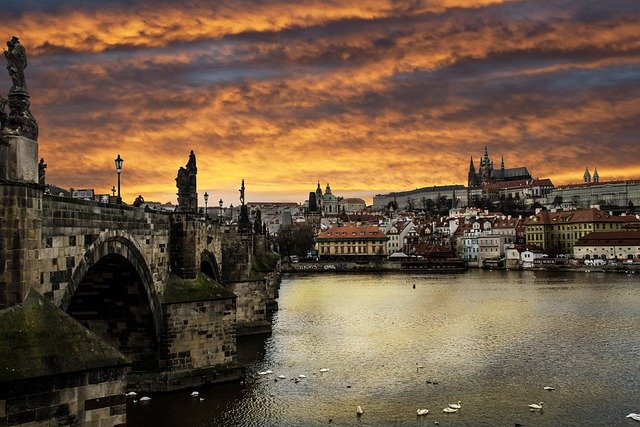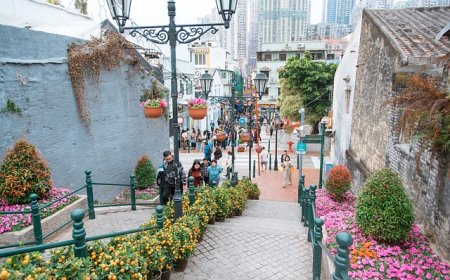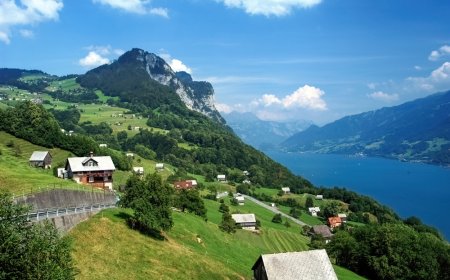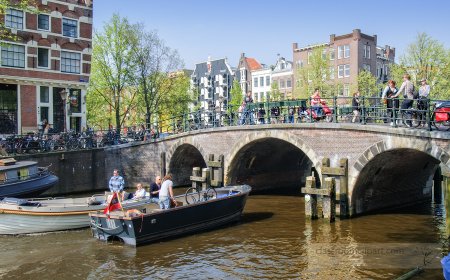Portugal Geography, History, and Culture for Students
Discover Portugal’s geography, seafaring history, and cultural traditions in this engaging student article. Learn about Lisbon, explorers, and Portuguese food.

🇵🇹 Portugal: A Country of Exploration, Tradition, and Atlantic Beauty
SEO Title: Portugal: Geography, History, and Culture for Students
Meta Description: Discover Portugal’s geography, seafaring history, and cultural traditions in this engaging student article. Learn about Lisbon, explorers, and Portuguese food.
Slug: /countries/portugal
Keywords: Portugal for students, Portugal geography, Portuguese explorers, Lisbon facts for kids, Portuguese culture and history, European countries
🗺 Introduction
Portugal is a small but influential country located in southwestern Europe. Known for its beautiful coastline, rich traditions, and important role in world exploration, Portugal has helped shape global history. Its capital, Lisbon, is one of the oldest cities in Europe, and its explorers once sailed across oceans to discover new lands.
In this article, you’ll learn about Portugal’s geography, major cities, famous explorers, cultural traditions, and delicious food. From castles and cathedrals to beaches and bakeries, Portugal is a country filled with charm and history.
🌍 Geography and Location
Portugal is located on the Iberian Peninsula, sharing its only land border with Spain to the east and north. To the west and south, it faces the Atlantic Ocean, which has long been a part of the Portuguese way of life. The country also includes the Azores and Madeira, two groups of islands in the Atlantic.
Portugal’s landscape features green hills, rocky cliffs, golden beaches, and fertile farmland. The Tagus River (Rio Tejo) flows through Lisbon and is the longest river in the country. The northern part of Portugal is more mountainous and cooler, while the south—especially the Algarve region—is sunny, warm, and a favorite for beachgoers and tourists.
Because of its coastal location, Portugal has a mild climate and rich sea life. Fishing has been a major industry for centuries, and many towns have close ties to the ocean.
🏙 Cities and Regions
The capital of Portugal is Lisbon, a colorful city filled with narrow streets, historic buildings, and views of the sea. Lisbon is famous for its yellow trams, tile-covered walls called azulejos, and the Belém Tower, which once helped protect the city’s harbor. Another important landmark is the Jerónimos Monastery, built during the Age of Exploration.
In the north is Porto, a city known for its bridges and its world-famous Port wine. The city sits along the Douro River, where grapevines grow on steep hillsides.
Other regions include the Alentejo, known for farmland and cork trees, and the Azores and Madeira Islands, which are celebrated for volcanoes, forests, and stunning scenery.
Portugal is divided into districts and regions, each with its own customs, crafts, and local foods.
👨👩👧👦 People, Language, and Culture
Portugal has a population of about 10 million people. The official language is Portuguese, which is also spoken in many other countries around the world, including Brazil, Angola, and Mozambique. Portuguese is one of the most spoken languages globally.
The majority of Portuguese people follow Roman Catholicism, and many of the country’s holidays are based on Christian traditions. However, the culture is also shaped by centuries of contact with Africa, Asia, and South America, thanks to Portugal’s history as a sea power.
Portuguese people value family, tradition, and hospitality. Music and dance are important in daily life, especially fado, a traditional style filled with emotion and stories of love, longing, and life near the sea.
🍽 Portuguese Food and Traditions
Portuguese food is full of flavor, and many dishes use fish, rice, olive oil, and spices. One of the most famous ingredients is bacalhau, or salted cod, which can be prepared in hundreds of different ways. Meals are often simple but delicious, and they bring families together.
Popular Portuguese dishes include:
- Bacalhau à Brás, shredded cod with eggs, onions, and potatoes
- Caldo verde, a green soup made with kale, potatoes, and sausage
- Sardinhas assadas, grilled sardines popular during summer festivals
- Francesinha, a hearty sandwich covered in melted cheese and spicy sauce (from Porto)
- Pastéis de nata, small egg custard tarts with a flaky crust, often topped with cinnamon
Many traditions are tied to the sea and to religion. Coastal towns celebrate the feast of São João with fireworks, parades, and music. In rural areas, harvest festivals include dancing, traditional dress, and singing.
🏛 History of Portugal
Portugal has a long and adventurous history. It became an independent country in 1139, when Afonso I was crowned the first king. During the 15th and 16th centuries, Portugal led the world in navigation and exploration—an era known as the Age of Discovery.
Famous Portuguese explorers include:
- Prince Henry the Navigator, who sponsored early voyages of discovery
- Vasco da Gama, who opened a sea route to India around Africa
- Ferdinand Magellan, who led the first circumnavigation of the globe (for Spain)
Portugal built a global empire, with colonies in Africa, Asia, and South America. It briefly united with Spain in 1580 but regained independence in 1640.
In the 20th century, Portugal experienced a long dictatorship that ended in the Carnation Revolution of 1974, when peaceful protests placed flowers in soldiers’ guns. Since then, Portugal has been a democracy and a member of the European Union.
🌿 Nature and Environment
Portugal’s landscapes range from forests and vineyards to mountains and ocean cliffs. National parks protect wildlife and nature, attracting visitors who hike, surf, and bird-watch.
Wild animals include foxes, deer, wild boars, and rare birds like storks and eagles. In the Azores, dolphins and whales are often spotted offshore.
Portugal leads in sustainable cork production—from the bark of the cork oak tree—and invests in solar energy, recycling, and forest conservation.
🧠 Why Portugal Matters
Though small, Portugal has had a huge global impact. Its explorers linked continents, its language and culture spread worldwide, and its traditions continue to inspire music, art, and cuisine.
Today, Portugal is celebrated for its friendly people, natural beauty, and innovative spirit—proud of its past and optimistic about the future.
📚 Vocabulary List
| Word | Definition |
|---|---|
| Iberian Peninsula | Region in southwestern Europe that includes Spain and Portugal |
| Azulejos | Decorative blue-and-white ceramic tiles used in Portuguese art and buildings |
| Fado | Traditional Portuguese music style expressing deep emotion |
| Bacalhau | Dried and salted codfish, a staple of Portuguese cuisine |
| Explorer | Person who travels unknown routes to discover new places |
| Navigation | Art and science of guiding ships across sea or land |
| Empire | Group of territories ruled by a single nation or monarch |
| Carnation Revolution | Peaceful 1974 uprising that ended Portugal’s dictatorship |
✨ Fun Facts About Portugal
Portugal’s border with Spain is the oldest in Europe that has stayed the same.
The world’s oldest bookstore, Bertrand Bookstore, opened in Lisbon in 1732.
Portuguese explorers were the first Europeans to reach Brazil, India, and parts of China and Japan.
Lisbon is built on seven hills, like Rome.
Portugal is the largest cork producer in the world.
👧🧒 Kid-Friendly Summary
Portugal is a country full of sunshine, sea, and stories. Its brave explorers helped connect the world, and its traditions—like music, food, and festivals—are fun and unique. People speak Portuguese and enjoy dishes like codfish and custard tarts. You can ride trams in Lisbon, walk along cliffs, or hear fado music in a small café. Portugal is a small country with a big heart!
🧠 Interactive Quiz: How Well Do You Know Portugal?
1. What is the capital of Portugal?
A) Madrid
B) Porto
C) Lisbon
D) Barcelona
2. What was the name of the peaceful revolution in 1974?
A) Olive Revolution
B) Rose Revolution
C) Fireworks Revolution
D) Carnation Revolution
3. What type of fish is a common ingredient in Portuguese food?
A) Salmon
B) Cod (Bacalhau)
C) Tuna
D) Swordfish
4. Which explorer sailed to India by going around Africa?
A) Christopher Columbus
B) Marco Polo
C) Vasco da Gama
D) Ferdinand Magellan
5. What kind of music is traditional in Portugal?
A) Salsa
B) Fado
C) Jazz
D) Samba
Answer Key:
1: C
2: D
3: B
4: C
5: B
📘 National Standards Alignment
Geography Standards:
Standard 1: Use of maps and geographic tools
Standard 4: Human and physical features of Portugal
Standard 6: How culture and experience shape regions
Standard 10: Cultural mosaics
NCSS Themes:
Theme 1: Culture
Theme 2: Time, Continuity, and Change
Theme 3: People, Places, and Environments
Theme 9: Global Connections
Common Core ELA (Grades 5–8):
RI.5–8.2: Summarize informational texts
RI.5–8.4: Determine meanings of words and phrases
W.5–8.2: Write informative/explanatory texts
SL.5–8.1: Participate in collaborative discussions




















































